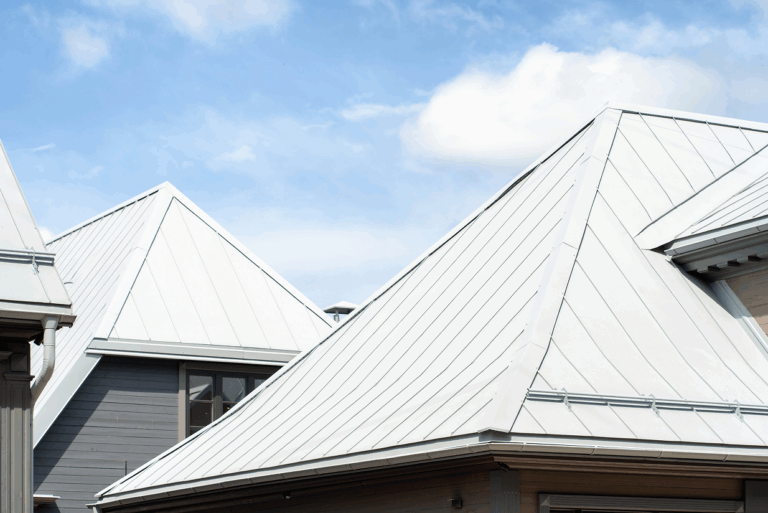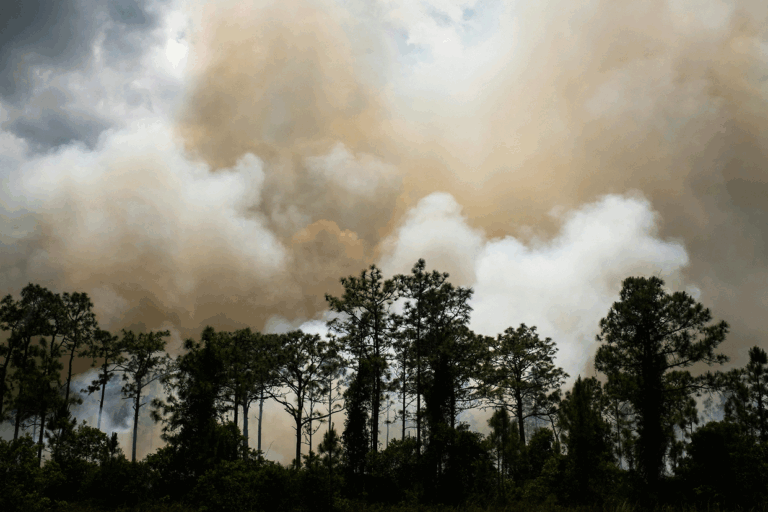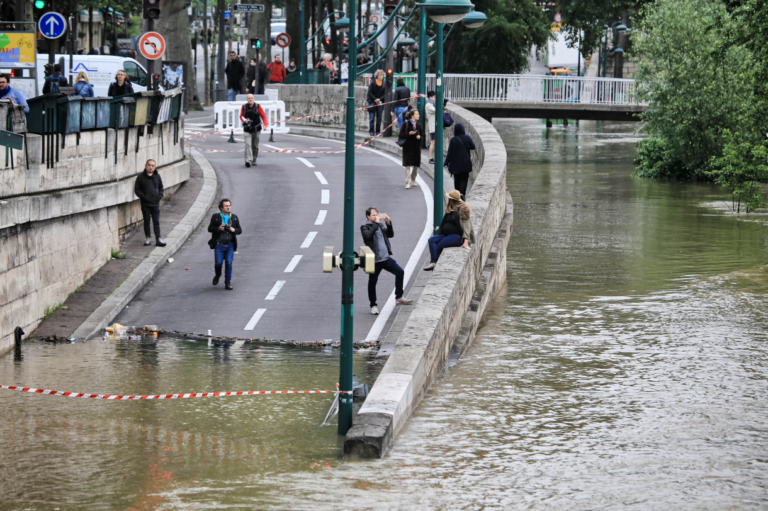Like the way antibiotics play a role in fighting an infection, climate adaptation and climate mitigation are different ways to address the symptoms and cause of a warming planet. They’re both essential to coping with climate change.
Only when we adapt and mitigate simultaneously can we prevent further warming while living more comfortably with the changes that have already happened or are likely to occur. With both in place and working in concert, we are better positioned to preserve the natural, built, and societal system we rely on.
Here’s how climate adaptation and mitigation differ, why they’re both crucial to putting us on a path towards a liveable future, and how these strategies help us avoid the most dangerous outcomes.
What is climate mitigation?
Climate mitigation—also called greenhouse gas mitigation or decarbonization—reduces the amount of heat-trapping greenhouse gases in the atmosphere by preventing or limiting new greenhouse gas emissions or capturing or removing existing greenhouse gasses from the atmosphere. The goal of climate mitigation is to reduce atmospheric greenhouse gas concentration enough that the climate stabilizes in a condition that we and other living beings are able to adapt to.
Climate mitigation strategies include switching from fossil fuels to renewable or low-carbon energy resources, improving energy efficiency and reducing energy consumption to limit fossil fuel use, diversifying energy sources, and removing greenhouse gasses from the atmosphere.
What is climate adaptation?
Climate adaptation is the continuous process of making our systems better able to withstand challenges that stem from climate change, such as more extreme weather, shifting temperature and precipitation patterns, increasing heat, and sea level rise. Adapting to climate change can include changes you make in your own life and large-scale efforts run by governments, cities, corporations, and institutions.
The goal of climate adaptation is to address climate impacts and future risks through careful planning that addresses today’s needs while anticipating future changes. In the best versions, it also improves the way we live. For example, expanding green spaces in a dense urban area can reduce the impact of heat waves and rising temperatures from climate change (exacerbated by the urban heat island effect), while providing public recreational space.
Why we need adaptation and mitigation
Climate adaptation and climate mitigation are complementary approaches to climate change: Both are essential to preserving the systems, structures, and ecosystems we rely on and care about. Without mitigating the greenhouse gasses causing climate change, the changes could become too extreme for us to adapt. Without adapting to the changes that are likely to come, climate impacts and risks could destabilize communities, institutions, and societies, and potentially add certain challenges to mitigating our emissions.
Because greenhouse gasses live for so long in the atmosphere (methane remains in the atmosphere for around 12 years on average, while carbon dioxide emissions from industrial activity can stay in the atmosphere for millennia), it is imperative to adapt even alongside massive mitigation efforts. Even if we stopped emitting greenhouse gasses today, global temperatures would continue to rise, and we might still need to adapt to further changes in Earth’s systems eventually triggered by biotic feedbacks and tipping points. Neither climate adaptation nor climate mitigation will happen automatically or without dedicated intention and action. They both depend on individual action and national and international policy.
While many organizations have traditionally focused on either climate adaptation or mitigation, both are essential and interconnected. For example, utility companies that are leading the transition to renewable energy can recognize that climate conditions are changing and infrastructure needs to be adapted and designed with current and future risks in mind. To do so, they might expand transmission networks by placing power lines underground to reduce the risk of wildfires and damage from extreme heat or storms, or locate battery storage in areas that are less vulnerable to flooding.
While they are separate areas of work, some strategies combine climate adaptation and climate mitigation. For example:
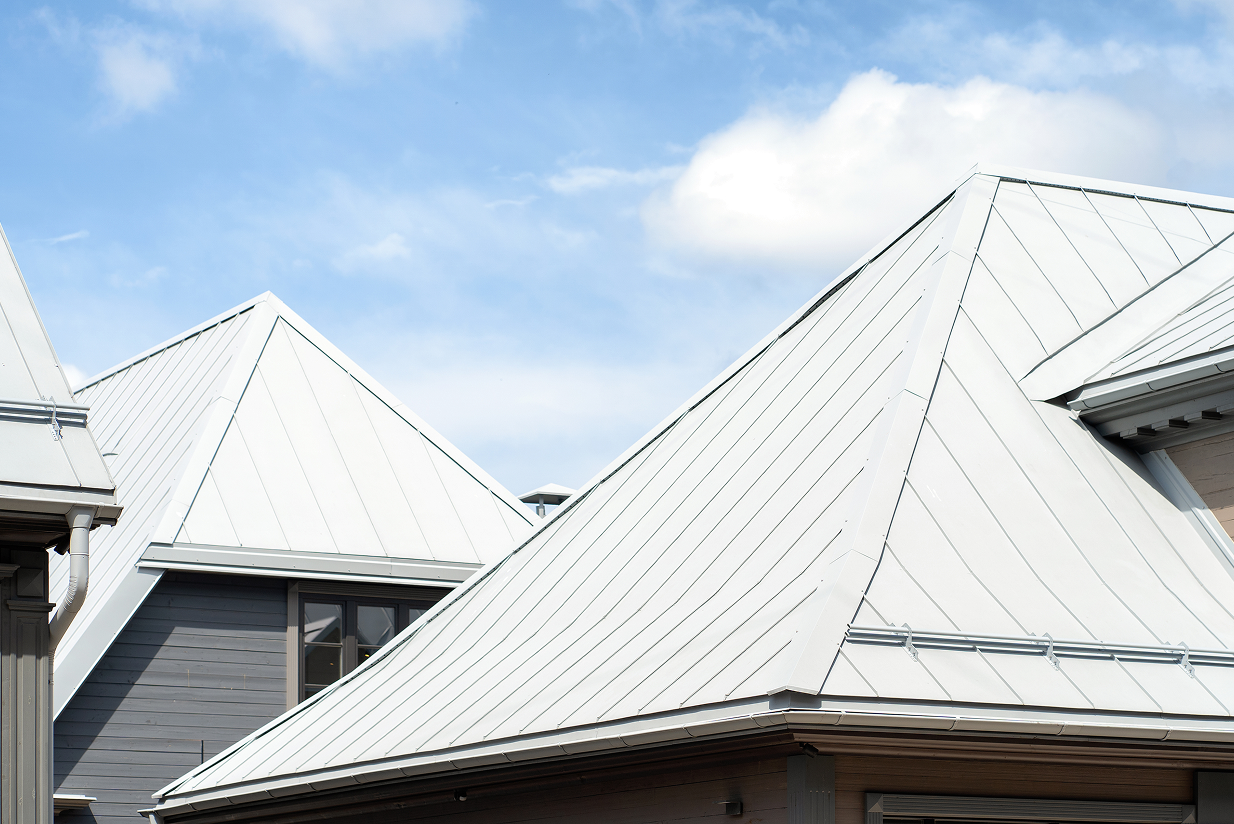
Reflective roofs can reduce the risks of rising temperatures and extreme heat by reflecting sunlight (adaptation). In turn, they can also reduce the energy required to cool or manage the temperature of the home (mitigation).
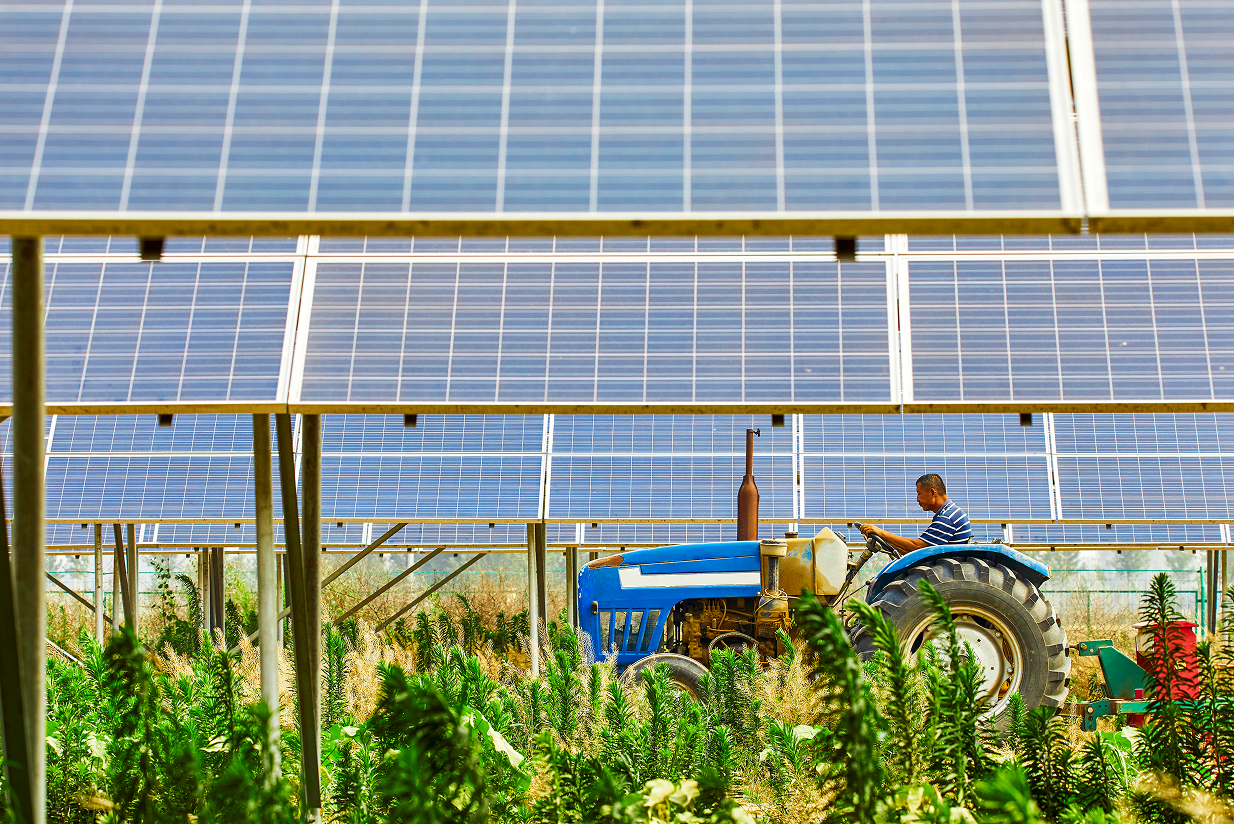
Solar panels on agricultural fields can reduce carbon emissions and generate electricity (mitigation). In turn, they can protect crops from climate conditions like extreme heat, high winds, and hailstorms (adaptation).
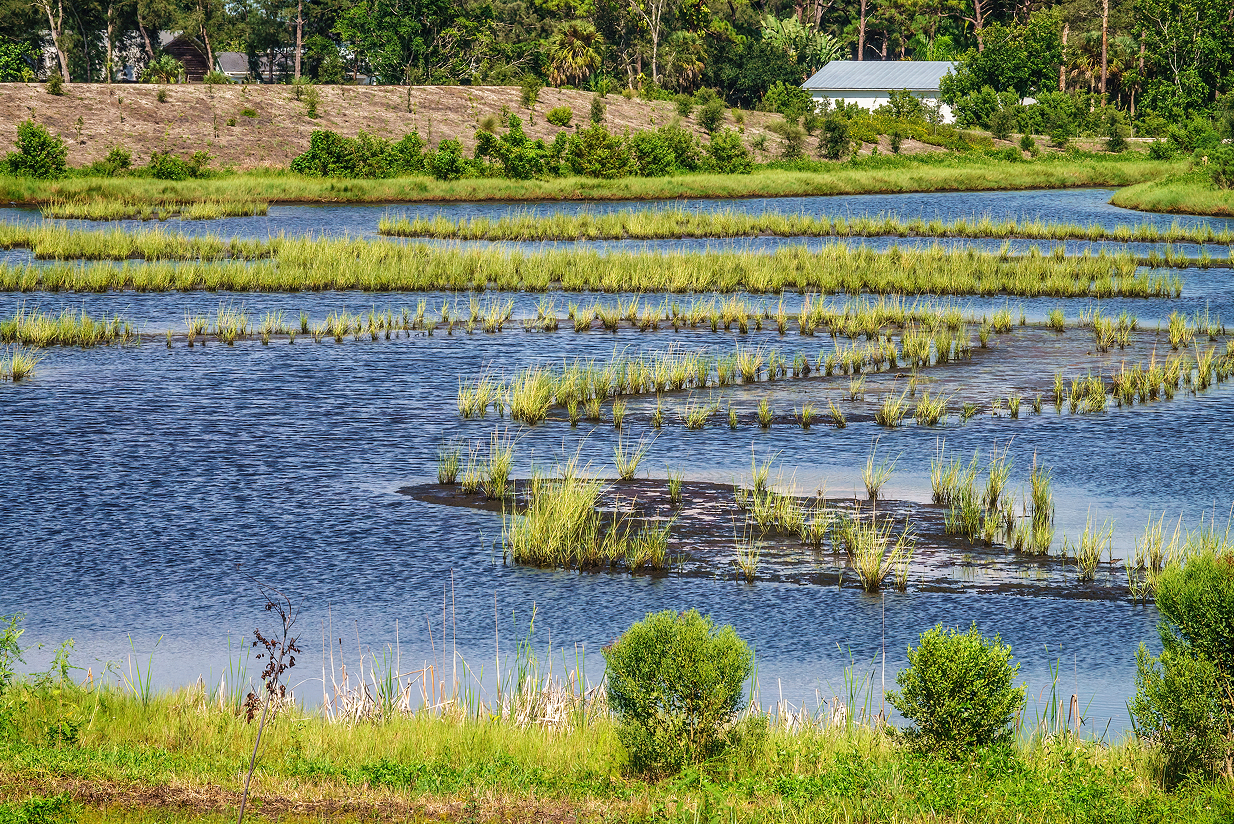
Wetland restoration revives natural carbon sinks that sequester atmospheric carbon (mitigation) while also protecting communities from sea-level rise and storm surges (adaptation.)
As we pass 1.5°C of warming and head towards 2°C of warming, we are at a crucial time for both climate adaptation and climate mitigation, given the increasing impacts and risks of current and future warming. Although these temperature changes might sound small, even a fraction of a degree of warming can have profound effects on weather.
We encourage you to explore our maps to see what future degrees of warming might be like and consider how we can either adapt to these scenarios or mitigate emissions to avoid them.
